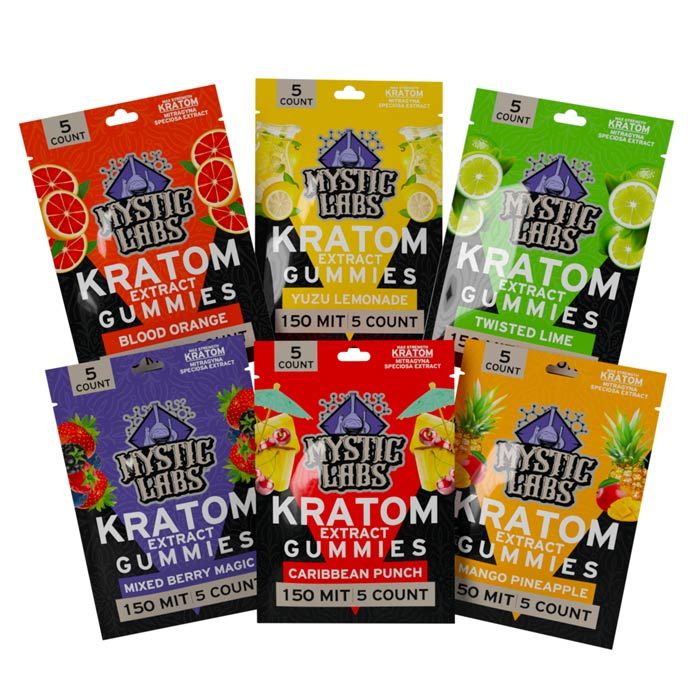Flavored Kratom has emerged as a popular option for users who want to enjoy the benefits of kratom without its naturally bitter taste, making the experience more palatable and enjoyable. By infusing kratom powder or extracts with natural or artificial flavors like citrus, chocolate, or mint, manufacturers have created products that appeal to a broader audience. This blog explores the appeal, production, benefits, and considerations of Flavored Kratom, offering insights for those looking to enhance their kratom experience.
Flavored Kratom is typically made by blending kratom powder with flavoring agents, either during processing or as a coating for capsules or gummies. Some products combine kratom with fruit extracts, sweeteners, or essential oils to create a more pleasant taste profile, while others incorporate flavors into beverages like kratom teas or energy drinks. The goal is to mask the earthy, bitter flavor of kratom, which can be off-putting for new users or those sensitive to strong tastes, without compromising the plant’s active alkaloids.
The primary benefit of Flavored Kratom is its improved palatability. For users who struggle with the “toss and wash” method or find kratom tea unappealing, flavored options like mango-infused powder or chocolate-coated capsules make consumption more enjoyable. These products are available in various strains, allowing users to choose effects—relaxation from red strains, energy from white strains, or balance from green strains—while enjoying a better taste. Flavored Kratom is also convenient for on-the-go use, as pre-flavored powders or capsules require no additional preparation.
Users report that Flavored Kratom retains the core benefits of traditional kratom, such as pain relief, mood enhancement, and increased energy, depending on the strain and dosage. For example, a flavored Red Maeng Da powder might help with chronic pain, while a citrus-infused White Thai could boost focus. Some products are marketed for specific purposes, like relaxation drinks or energy shots, making it easier for users to integrate kratom into their routines. However, as with all kratom products, scientific evidence is limited, and the FDA has not approved these claims, so users should approach them cautiously.
The downside of Flavored Kratom includes potential additives that may not suit all users, such as artificial sweeteners or flavorings that could cause sensitivities. These products are often pricier due to additional processing, and the flavoring may not fully mask the kratom taste in some cases. Quality control is critical, as substandard products may contain contaminants or inconsistent alkaloid levels. Users should opt for vendors who provide lab-tested, transparent products and check for allergen information if sensitive to certain ingredients.
The legal status of Flavored Kratom aligns with other kratom products, facing restrictions in some U.S. states and countries like Australia. Users must verify local regulations to ensure compliance. Responsible use involves starting with low doses (2-5 grams for powders, adjusted for capsules or drinks), avoiding overuse to prevent tolerance, and consulting a doctor, especially if combining with medications. Advocacy groups emphasize the need for regulation to protect consumers and ensure product safety.
Flavored Kratom offers a user-friendly way to enjoy kratom’s benefits while addressing the taste barrier. By choosing high-quality, lab-tested products and using them responsibly, users can enhance their kratom experience with flavors that suit their preferences. Whether you’re new to kratom or a seasoned user looking for variety, Flavored Kratom provides a tasty, convenient option to explore.




